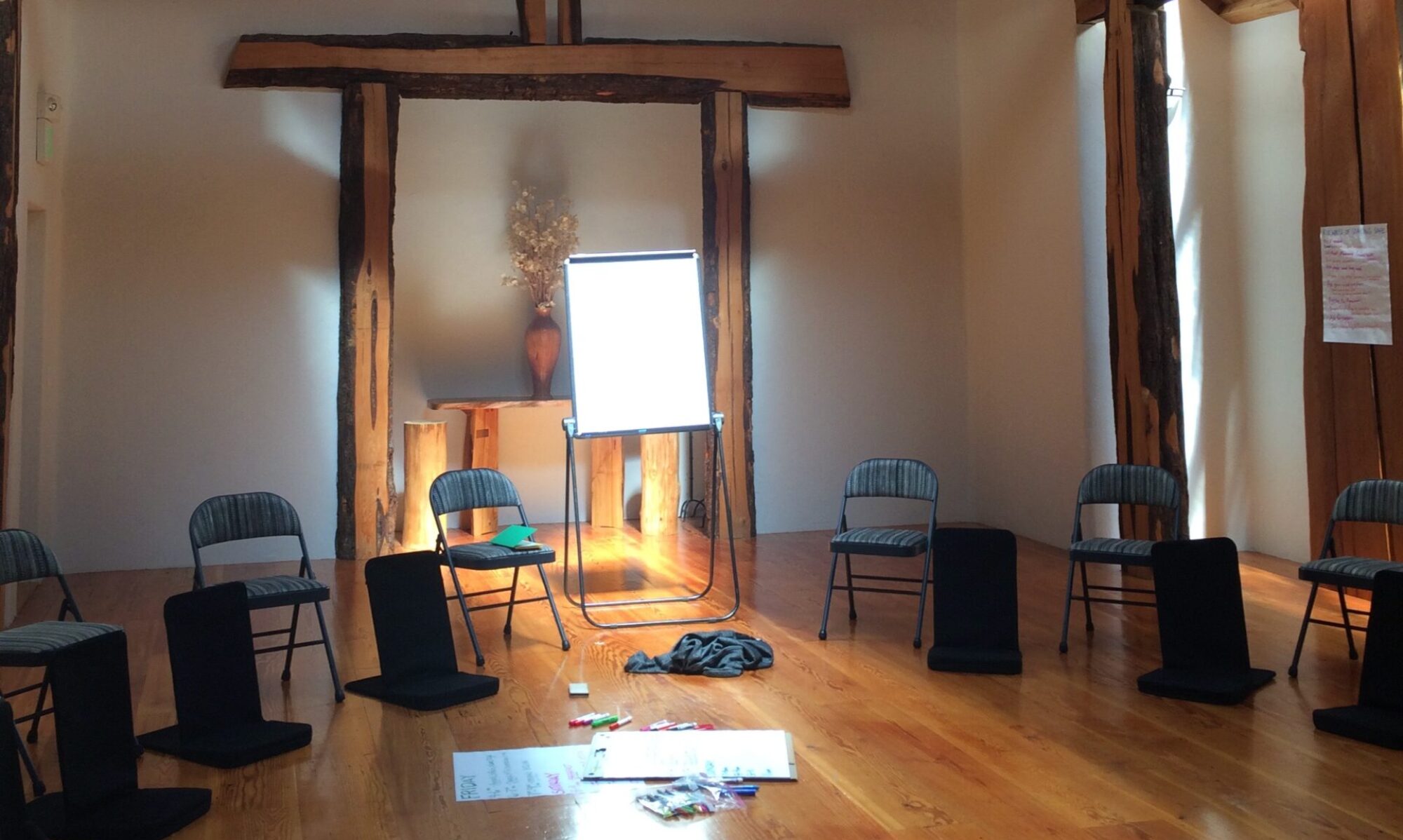
Supporting facilitators to design and lead experiences that encourage meaningful growth for individuals, groups, and teams
What is a facilitator? I define a facilitator as someone who makes it easy for others to learn, grow, and/or heal. A facilitator is more like a guide, and much less like a lecturer – a facilitator recognizes that knowledge and wisdom resides in everyone, and that by encouraging participants to actively share, they enrich and heighten development. A facilitator designs and leads each session in such a way that participants come to new insights and learn from one another.
A Sample of Services:
| How to Build a Learning Environment Conducive for Creative Risks and Growth | The Role of the Facilitator and the Experiential Learning Cycle | Reflective Listening that Supports Insight and Healing |
Facilitators can help participants grow by supporting them to: reflect, make new experiments, internalize new information, make meaning of what they experience, and/or make plans to apply what they’ve learned. The skills required to facilitate those activities well are something anybody can learn. My facilitation trainings offer you both models and practice, and are led using a “facili-trainer” model.
Participants say:
“This was such a fruitful experience for educators and facilitators leading multiple kinds of programs. I love how the instructors met everyone exactly where they were, and gave us opportunities to practice every skill and activity.”
“It was already all inside of me, but [I remembered] that creative connection, critical and supportive reflection, and embodied experiencing adds to purpose, meaning and capacity.”
“Thank you for being accepting and accommodating of all of our different needs. [You] made an effort to make the group feel welcome, positive, and adjust to all levels of energy.”
“I learned many things but I’m taking away lots of small tips about how to frame exercises, prepare participants, and set the tone for effective activities. I also learned how to better sequence exercises in a way that encourages creative risks.”
“This was an amazing experience and I have so many resources and tools to move the work forward in a positive, engaging way.”
